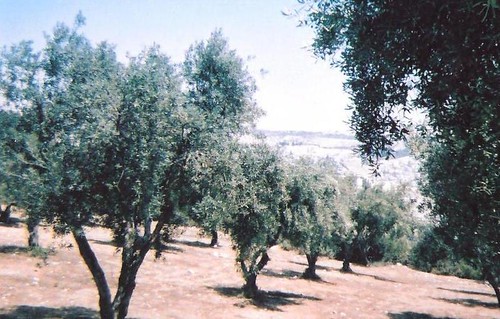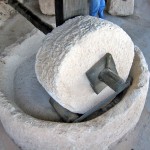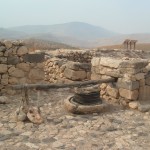
‘And behold, the staff of Aaron or the House of Levi had sprouted and blossomed and there were almonds.’ (Numbers / Bamidbar 17:24)
In this week’s portion we have the story of the rebellion of Korach where Korach’s leadership was called into question. The Eternal set a ‘competition’ between all the tribes to proves Aaron’s right to the Priesthood. They were all to take staffs and write their names on them and place them in front of the ‘Tent of Meeting’, all the staffs remained the same except for Aaron’s which sprouted almond blossoms.
The significance of almond blossoms is understood by Rabbi Shlomo Yitzchaki (an 11th century Torah scholar) as being a sign of promptness, he says that ‘ with one who objects to the priesthood, his calamities shall be prompt to come’.
The image of the almond is synonymous with judgement. I carry out the following experiment;
I found a wild almond tree that had produced fruit, it was easy to find as the almond tree is indigenous to Israel and a common site to see when walking in the forests and hills of Israel. I tried to open the fruit, but the nut was so tough it took a good whack with a rock. The effort was not that worth it, you got a tiny fruit, yet the taste was really bizarre. I’m used to the kind of almond that you get in the supermarket, the taste was really strong, really bitter and kind of sweet at the same time.
The message that I take from this is that the almond is a symbol of divine judgement, what is called in Hebrew, Din. Din is strong and powerful, like the taste of the almond and strength of its shell. Yet it is meant for the betterment of humanity, symbolized by the flowers of the almond and its sweetness.




